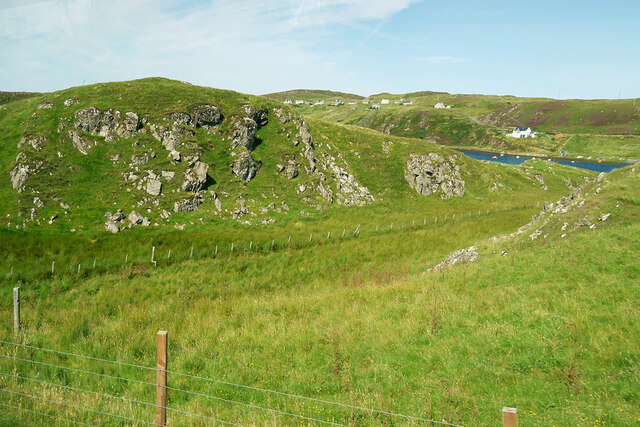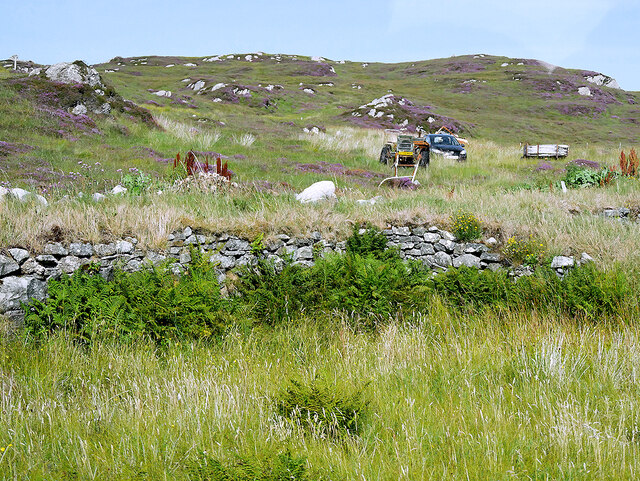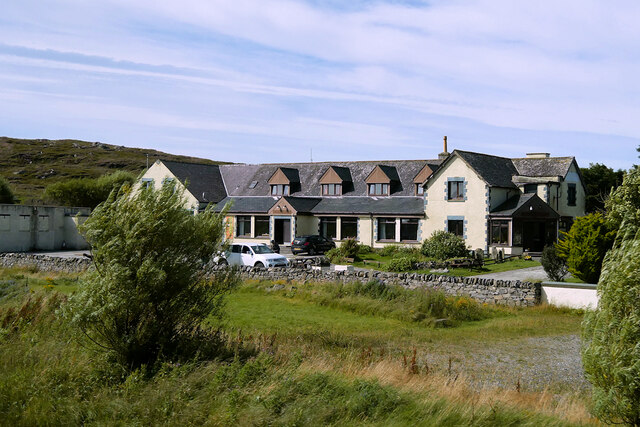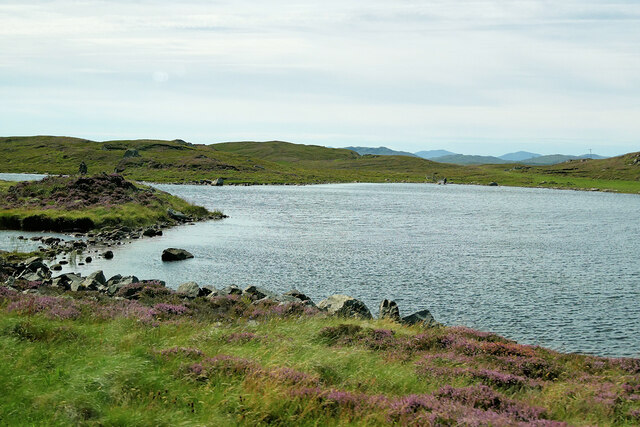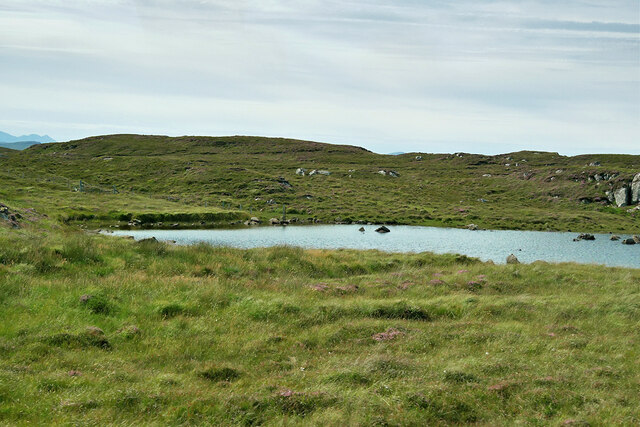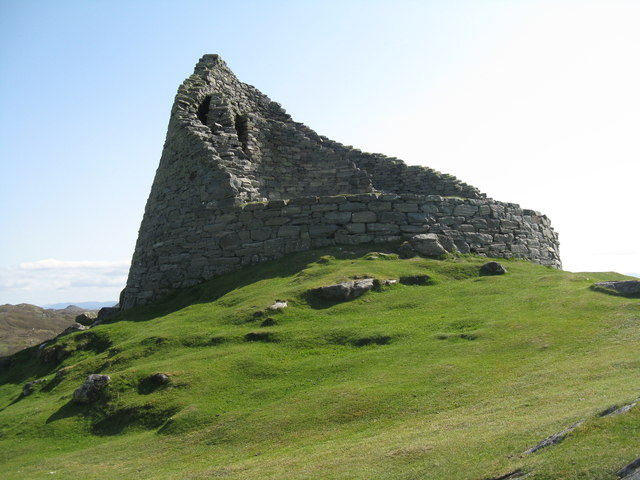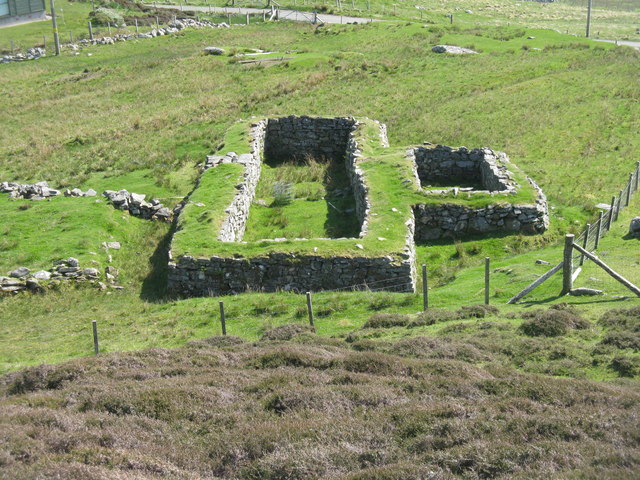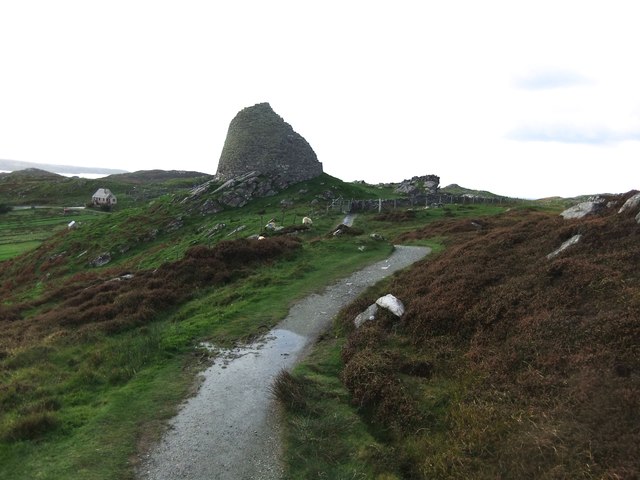Beinn na Colla
Hill, Mountain in Ross-shire
Scotland
Beinn na Colla
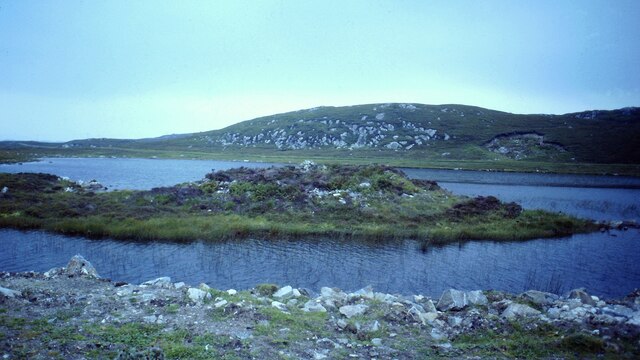
Beinn na Colla is a prominent hill located in the county of Ross-shire, Scotland. It is situated in the northern part of the country, near the village of Achnasheen. With an elevation of 634 meters (2,080 feet), Beinn na Colla is classified as a Corbett, which is a Scottish hill between 2,500 and 3,000 feet.
The hill is known for its stunning views and challenging hiking trails, attracting outdoor enthusiasts and nature lovers alike. It is part of the larger Beinn Eighe National Nature Reserve, renowned for its diverse flora and fauna. Beinn na Colla offers visitors opportunities for birdwatching, as various species such as golden eagles and peregrine falcons can be spotted in the area.
The terrain of Beinn na Colla is characterized by rugged slopes and rocky outcrops, making it a moderate to difficult climb, particularly in adverse weather conditions. Its peak provides panoramic vistas of the surrounding Scottish Highlands, including the Torridon Mountains and Loch Maree.
Access to Beinn na Colla is typically gained from the A832 road near Achnasheen. There are several established paths and routes that lead to the summit, but it is advisable to check weather conditions and prepare accordingly before embarking on the hike.
If you have any feedback on the listing, please let us know in the comments section below.
Beinn na Colla Images
Images are sourced within 2km of 58.269618/-6.7645922 or Grid Reference NB2041. Thanks to Geograph Open Source API. All images are credited.
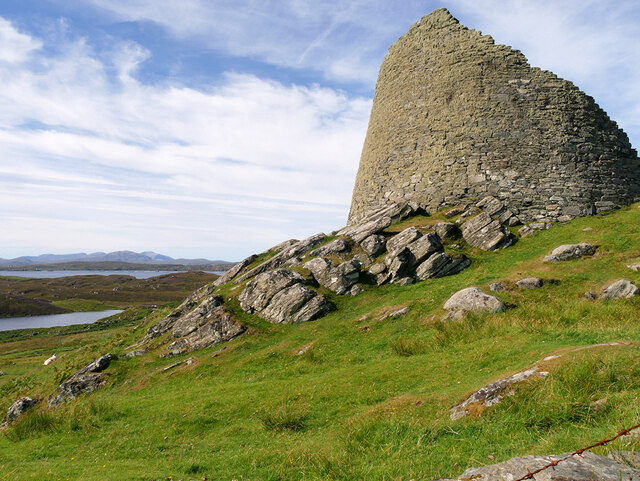
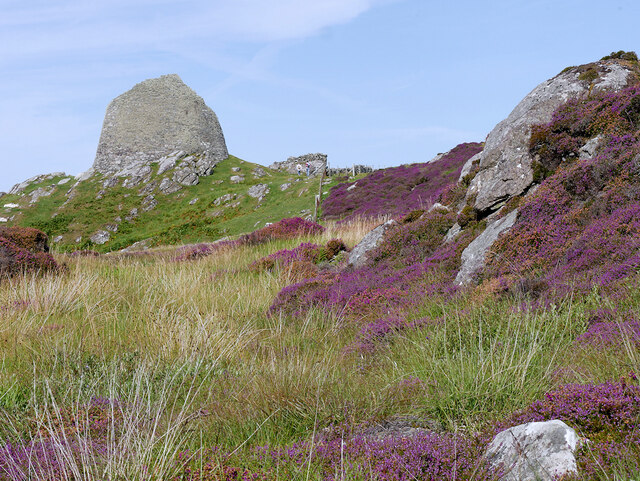
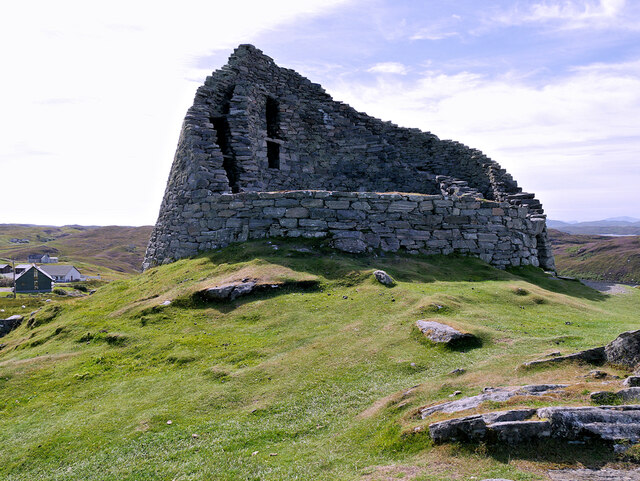
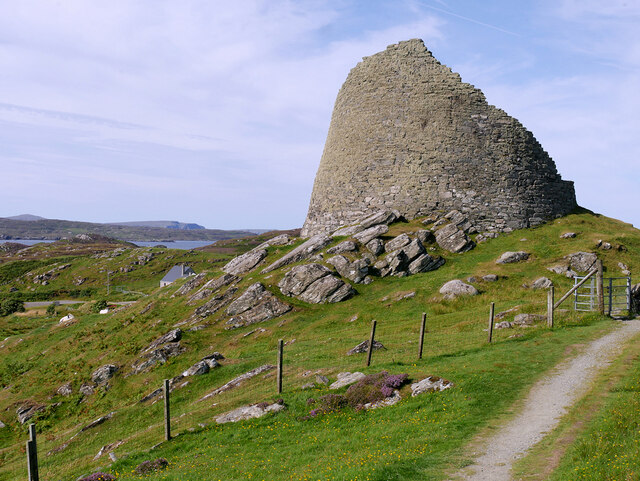
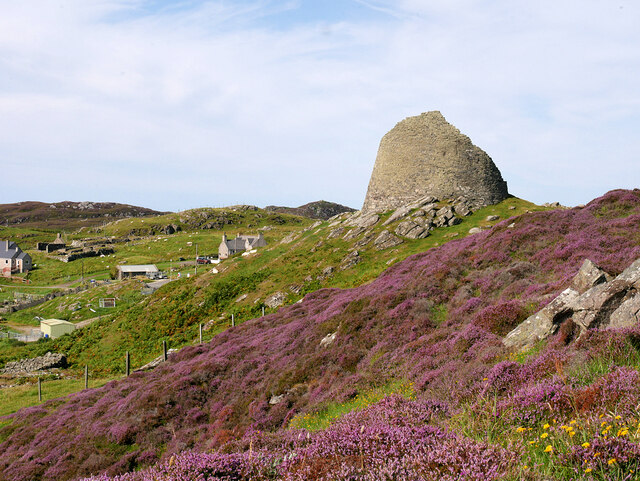
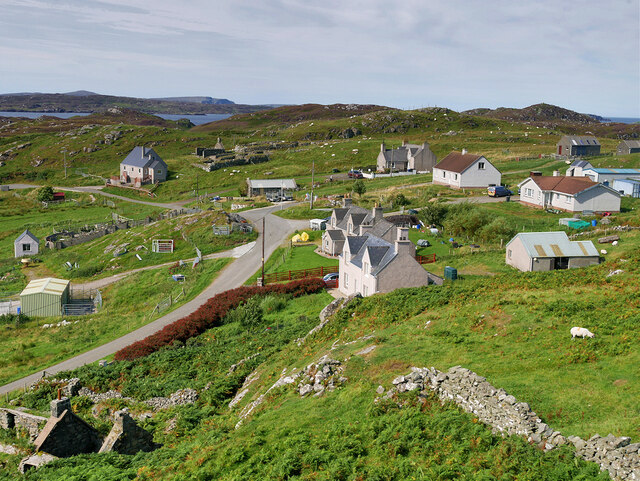
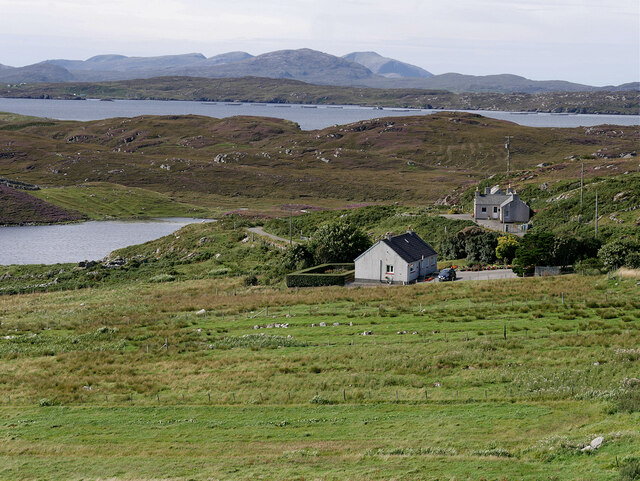
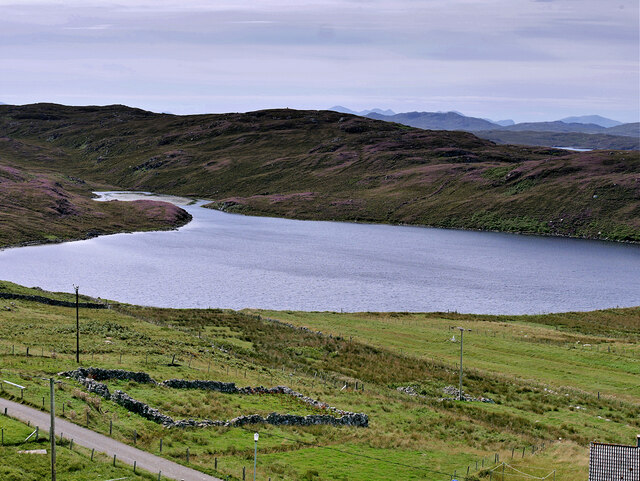
Beinn na Colla is located at Grid Ref: NB2041 (Lat: 58.269618, Lng: -6.7645922)
Unitary Authority: Na h-Eileanan an Iar
Police Authority: Highlands and Islands
What 3 Words
///hangs.sleep.botanists. Near Carloway, Na h-Eileanan Siar
Nearby Locations
Related Wikis
Carloway
Carloway (Scottish Gaelic: Càrlabhagh [ˈkʰaːɾɫ̪ə.ɤː]) is a crofting township and a district on the west coast of the Isle of Lewis, in the Outer Hebrides...
Dun Carloway
Dun Carloway (Scottish Gaelic: Dùn Chàrlabhaigh) is a broch situated in the district of Carloway, on the west coast of the Isle of Lewis, Scotland (grid...
Borrowston, Lewis
Borrowston (Scottish Gaelic: Borghastan), with a population of about 50, is a crofting township situated on the Isle of Lewis, on the Outer Hebrides of...
Tolsta Chaolais
Tolsta Chaolais (also Tolastadh Chaolais, Tolstadh a' Chaolais) is a village on the Isle of Lewis, Scotland. It consists of about forty houses, clustered...
Nearby Amenities
Located within 500m of 58.269618,-6.7645922Have you been to Beinn na Colla?
Leave your review of Beinn na Colla below (or comments, questions and feedback).
